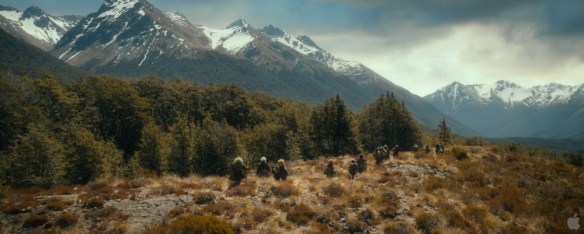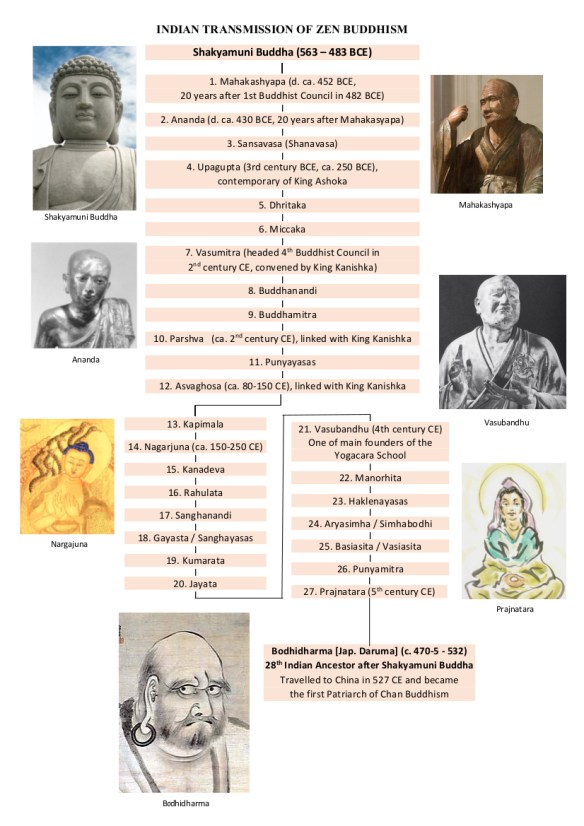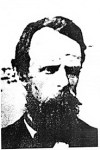
As I discussed in my previous post, Tolkien set out to create a mythology for the English in the Lord of the Rings (LOTR), the Silmarillion and related writings on Middle-earth. He presented himself not as the author of LOTR, but as the translator of various histories written by Bilbo, Frodo and others in the Third and Fourth Age of Middle-earth. This makes Tolkien quite unusual among modern writers of fantasy in presenting it as set in the real worlc albeit in an imagined prehistory. What happened in that period before the Earth’s actual recorded history is otherwise remembered down through the generations as folk myths and legends, especially among the Old English. Tolkien’s life work was an attempt to reconstruct our prehistory, and more specifically the prehistory of the English. Critics Lee and Solopova commented that “Only by understanding this can we fully realize the true scale of his project and comprehend how enormous his achievement was” [1].
Tolkien described the region in which the Hobbits lived as “the North-West of the Old World, east of the Sea” in LOTR, ie. essentially Europe (including Britain). However, as he noted in a letter [2], the geographies do not match, and he did not consciously make them match when he was writing. In another letter [3] he became much more specific, saying “If Hobbiton and Rivendell are taken (as intended) to be at about the latitude of Oxford, then Minas Tirith, 600 miles south, is at about the latitude of Florence. The Mouths of Anduin and the ancient city of Pelargir are at about the latitude of ancient Troy.” In the Prologue to LOTR, Tolkien also notes that “Those days, the Third Age of Middle-earth, are now long past, and the shape of all lands has been changed…”
Fascinated by the detailed chronologies and calendars set out in the Appendices to LOTR and elsewhere, I have naturally wondered how long ago from now the events of LOTR took place. About 15 years ago, I came across an article in the Journal of the Tolkien Society [4¡ which deduced that the Fourth Age began on Wednesday 18 March 3,102 BCE. The events of LOTR took place during the preceding year. Despite the bizarre exactness of this, I was quite impressed by the argument, which I summarize here briefly.
Continue reading →

 Having recently re-read The Lord of the Rings trilogy (see my
Having recently re-read The Lord of the Rings trilogy (see my  There is an immense amount of recent research on European Bronze Age genetics and migrations and a very considerable unfinished debate on how to interpret the evidence. New evidence is being published almost weekly, as increasing numbers of ancient European remains are analysed and Y haplogroup identified. So this post will only aim to describe the big picture as best I can summarize it, and details and perhaps even some of the big picture will likely change in the future.
There is an immense amount of recent research on European Bronze Age genetics and migrations and a very considerable unfinished debate on how to interpret the evidence. New evidence is being published almost weekly, as increasing numbers of ancient European remains are analysed and Y haplogroup identified. So this post will only aim to describe the big picture as best I can summarize it, and details and perhaps even some of the big picture will likely change in the future.


